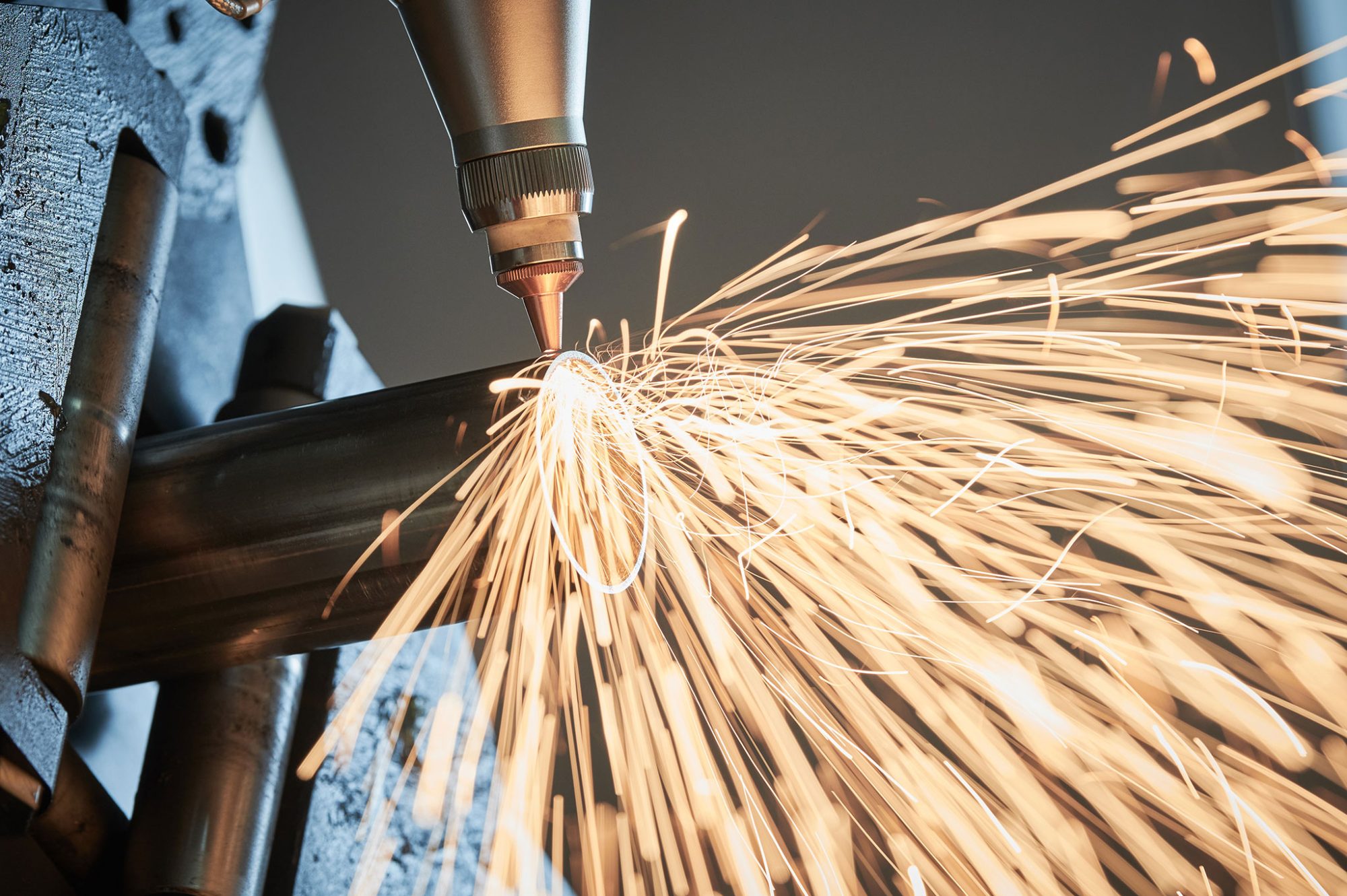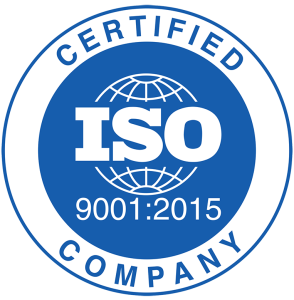If you are currently working on a project that requires ERW tubes, we are the people you’ll want to speak with. Since 2004, we have been providing clients with orders of various sizes. As an ISO 9001 registered establishment, we make it a point to match the high standards that everyone expects from us.
Numerous electric resistance welding techniques are used to make tubing. Each procedure has distinct elements, but they do have something in common; they all generate a forged weld. You create these by introducing pressure and heat, or forging force, to the weld area. The heat is usually just beneath the melting point of the metal. There is also a simultaneous introduction of circumferential pressure to the segment. Consequently, this shoves the hot edges together.
HF contact and HF induction
In total, two principal kinds of ERW welding exist. The one we’re going to discuss here is high frequency (HF). The chief details of this technique are power and process supplies. You can break both down even more into subsections. We call the two processes here induction and contact. For both, the gear supplying the electrical current is separate from the utensils that provide the forge pressure.
With HF induction, you carry the current to the medium via a work coil in the weld point’s front section. This coil doesn’t encounter the tube. Instead, you induce the current into the material using magnetic fields encircling it.
For HF contact, you move the weld current to the substance by employing contacts that proceed along the strip. You introduce the weld power to the tube directly, making this more electrically logical than induction.
At Union Steel Tubes, we offer a multitude of tubing lengths to suit everyone’s unique specifications. Our products come in a series of finishes to, such as chrome and zinc plated, giving you even more options.
If you would like to know more about our ERW tubes, please get in touch. We can discuss specifications and what kind of products you need for your project.


